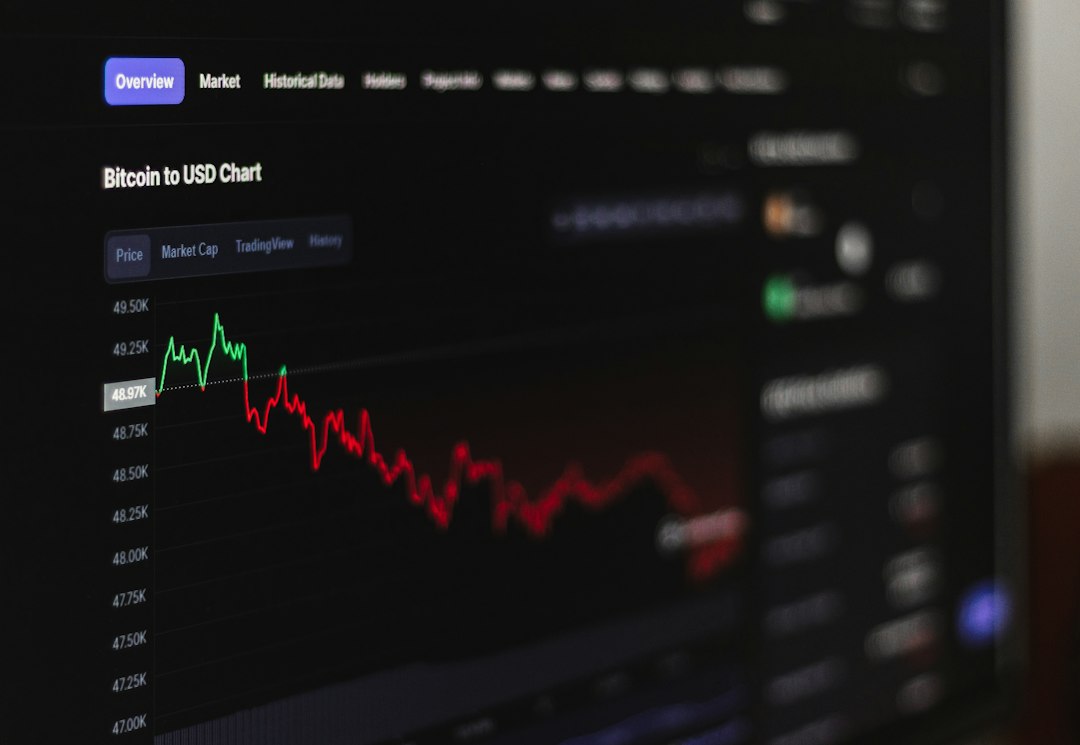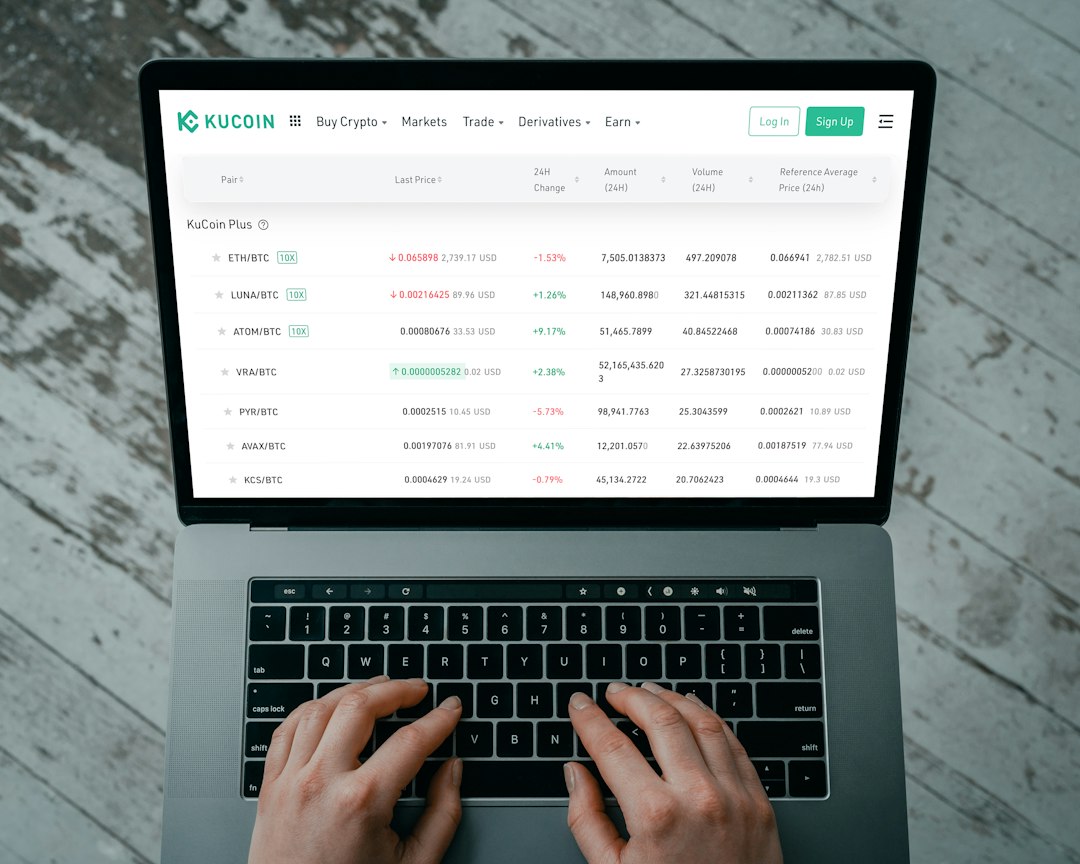Ethereum’s Supply Surge Raises Concerns
There is growing concern among crypto enthusiasts as Ethereum’s supply of Ether (ETH) tokens has surged by over $47 million in the past 30 days. This increase in supply comes as a surprise to many who expected ETH to become a deflationary asset after transitioning to proof-of-stake (PoS) last year.
Decline in Network Activity
The surge in supply can be attributed to the decline in transaction activity on the Ethereum network. Reduced NFT trades and decreased decentralized finance (DeFi) activity have resulted in less ETH being burned.
Fee-Burning Mechanism
Ethereum’s fee-burning mechanism removes ETH from circulation when gas prices increase due to higher network activity. However, the recent drop in gas fees, with an average network transaction costing just $0.24, has reduced the amount of ETH burned, contributing to the supply surge.
Core Developers Unfazed
Ethereum core developers appear unfazed by the inflationary trend. Micah Zoltu, an Ethereum core developer, downplayed the significance of the supply increase, stating that it is “insignificant” in the grand scheme of things. Danno Ferrin, another core developer, pointed out that Ethereum’s short-term inflation remains lower than other chains and the broader economy.
Long-Term Financial Health
The shift in supply dynamics raises questions about Ethereum’s long-term financial health and its ability to fulfill the expectations of becoming a deflationary currency. While some argue that the current supply surge is not concerning, others are skeptical about whether Ethereum can achieve its goal of becoming “ultrasound money.”
Hot Take: Ethereum’s Supply Surge Sparks Debate
Ethereum’s recent surge in supply has sparked a debate within the crypto community. While some believe that the increase is insignificant and that Ethereum’s long-term inflation remains low compared to other chains and the economy as a whole, others are concerned about the implications for the platform’s financial health. As Ethereum continues to evolve, it will be interesting to see how these supply dynamics play out and whether the network can maintain its position as a leading cryptocurrency.





 By
By
 By
By
 By
By
 By
By

 By
By